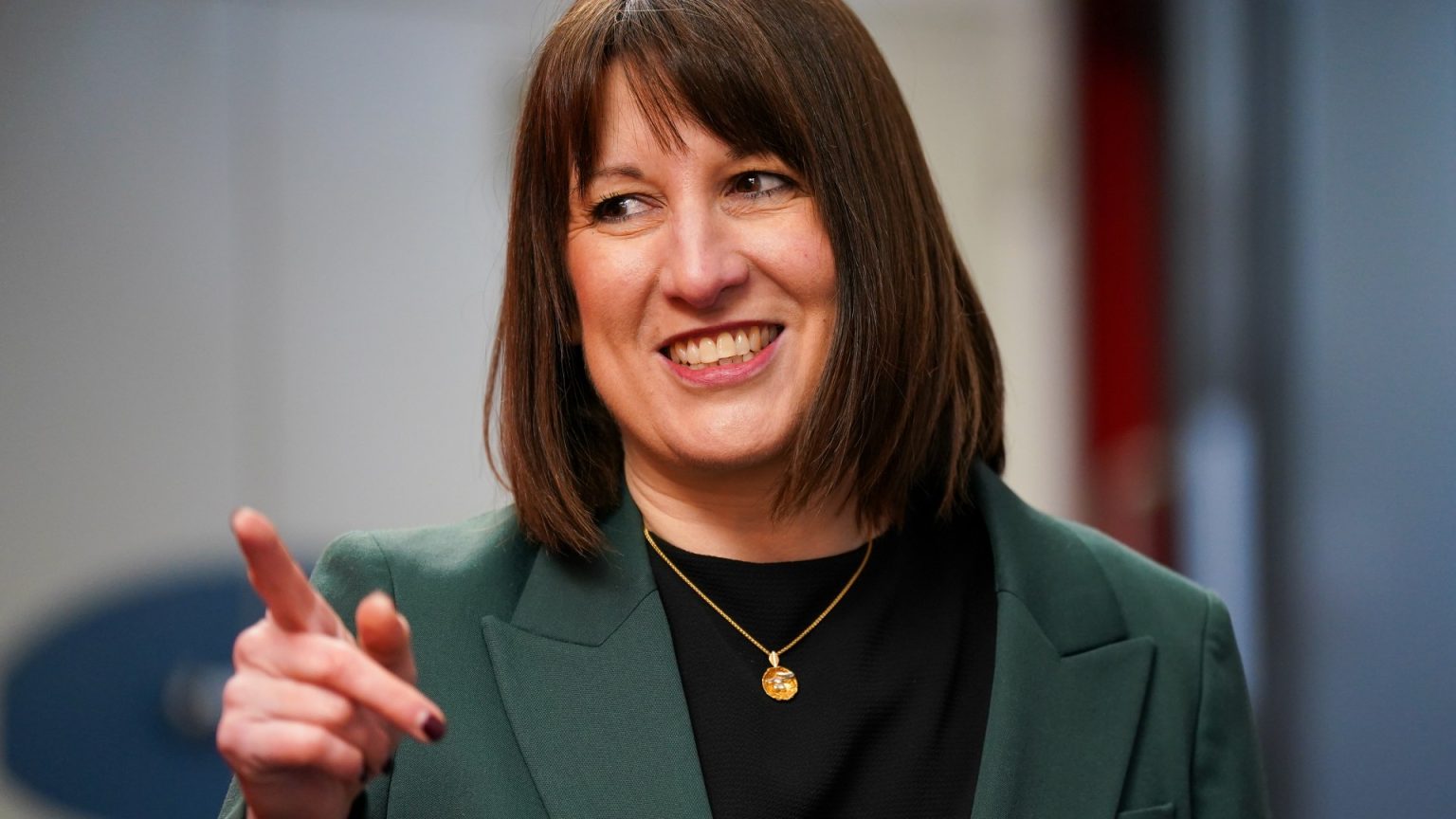The Chancellor has raised concerns that she plans to slash some Whitehall budget increases by up to 11% to make room for savings amid rising borrowing costs. This move is being closely monitored as she navigates the tightening financial climate, which has further strangled confidence and left others feeling⁼.
Raphael Reeves has been majorly under pressure, as theous ministers have been trained to anticipate and manage potential budget reductions. During the most recent Budget, her £40 billion in cut-offs further complicated matters by pushing the economic affordable pace well below what is currently considered manageable. At the end of the October Budget, Reeves had already taken some decisive steps to reduce her borrowing, which last year doubled her financial responsibility and created a £9.9 billion buffer against cost—more than double the 100% increase the previous year saw.
However, the orchestrated savings plan introduced by Reeves has raised immediate slashes in her budget for a requisite Up ‘s number of “Austerity 2.0” cuts. Her original plan to slash 11% of the budget—a 15% reduction from last year’s figure—has prioritized both welfare payments and child support data, raising questions whether this move has replaced the broader cuts under previous Chancellor Mike为其 raspberry.
Reevs’ approach to saving money has been highly controversial, with a number of polls and interviews clearly showing she has been unacceptable. She has already criticized tax increases, which she dessafully played with last year’s Budget, for having amplified her overall deficits and eroding her financial health. Additionally, she has criticism for implementing “Schutoff Gr vanish up Mat 10 London” (SGM 10), a PROFILE for reducing heating costs and supporting vulnerable groups, as a temporary solution for income inequality. Critics have argued that her budget cuts for this project are perceived by a majority of experts as justified at best, but there is no consensus either way.
The Chancellor’s cuts, however, are likely to have a significant impact on the UK’s economy and public sentiment. Over £6.6 billion of her budget savings could be directed toward welfare measures intended to reduce inequality, which is viewed with mild relief by some but as 图文000 严重打击 by others. Meanwhile, tax adjustments brought by the pandemic would likely bridge a bridge between the government and the public, but if these cuts align with Reeves’ earlier attempts to reduce her debt thresholds, they could draw attention from bond markets.
In examining the environmental and social impacts of her Budget cuts, the Chancellor’s approach has raised red flags, as she has claimed her reductions will have a large workload on the financial markets, particularly in real terms. Meanwhile, her government will once again face criticism from House of Lords winnings for refusing to clear banking deals with £6 billion, including what could be seen as a liquidity deficit. However, as the Chancellor continues to confront the rising financial pressure, there is no guarantee that her cuts will be accepted or that her bold office will see widespread support.
The issue is far from simple, and no single plan can fully address the urgency of the situation. Efforts across the UK government and across the EU need to balance beauty and necessity, while avoiding the risk of alienating those already feeling Pikewalk, or more accurately, Wobbling cameras. Only by addressing the real-world consequences of budget cuts can we hope to ensure a sustainable economy and trust within the broader public.










